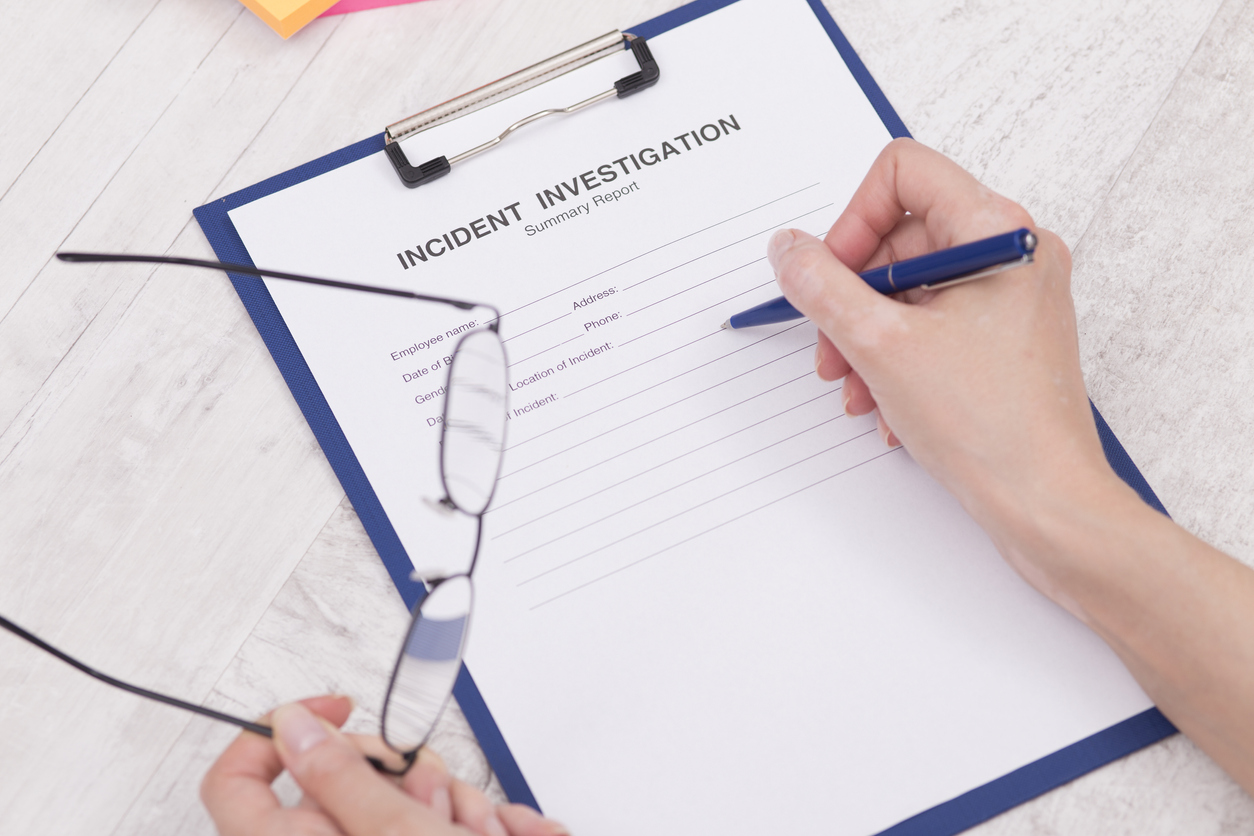About 2.6 million nonfatal workplace accidents and injuries occur in the U.S. annually, according to the Department of Labor. Overexertion and bodily reaction, slips, trips, falls, and contact with objects and equipment are the leading causes of workplace injury in the U.S., accounting for 84% of all nonfatal injuries at work.
Workplace injuries and illnesses cost an estimated $167 billion in 2021, according to the National Safety Council (NSC). This figure includes wage and productivity losses of $47.4 billion, medical expenses of $36.6 billion, and administrative expenses of $57.5 billion. This total also includes employers’ uninsured costs of $13.8 billion, including the value of time lost by workers other than those with disabling injuries who are directly or indirectly involved in injuries and the cost of time required to investigate injuries, write up injury reports, and so forth, according to the NSC.
Performing a thorough Workers’ Compensation accident investigation is critical in understanding the incident, identifying root causes, implementing corrective actions, preventing future accidents, and driving down costs.
Investigate Workplace Accidents Immediately
Here are the steps you should take to conduct a thorough investigation:
- Implement an immediate response to address any urgent medical needs and ensure the safety of affected individuals.
- Promptly report all workplace accidents or incidents to the appropriate personnel, such as a supervisor or department manager. Depending on the severity of the injury, the Occupational Safety and Health Administration (OSHA) may require employers to report certain type of injuries within a specific period of time. In addition, for certain injuries, OSHA will visit a facility to conduct an investigation.
- Have the employee complete an incident report.
- Make sure the supervisor/manager fills out a report and collects and preserves all available evidence, including photos, videos, witness statements, and any physical evidence related to the accident scene. Document the conditions, environment, and equipment involved during the incident. Conduct interviews with witnesses, employees directly involved in the incident, and other relevant parties. Gather their perspectives, observations, and any additional information that provides insight into the incident. This documentation can be used to determine if the incident resulted from worker error or physical hazard, for example, to help get to the root cause of the accident. A business won’t be able to fix the issue or mitigate the risk of another incident without understanding how and why it happened. This information is also valuable for claims adjusters conducting their investigations. Additionally, if there is litigation down the road, the information gathered can play a role in settlement negotiations.
- Create and implement specific corrective actions to address the root causes and contributing factors identified. Assign duties and deadlines for completing each action. Monitor progress and offer assistance as required.
- Conduct a review to determine the effectiveness of the corrective actions that have been executed. Assess whether the efforts were successful in addressing the identified root causes and lowering the risk of future events.
- Based on the findings of the incident investigation, revise workplace policies, procedures, and training programs. Ensure that the modifications are conveyed and incorporated into the safety practices of the company.
Encourage a culture of continuous improvement by examining incident investigation methods regularly, making required changes, and emphasizing the importance of safety and accident prevention.
About Prescient National
Prescient National is committed to helping our clients improve safety and productivity in their organizations. We utilize data-driven analysis, including the adjuster’s investigation, to determine where improvements can be made to mitigate a similar loss or improve the outcome of a claim. When possible, we will observe an insured’s training program and provide industry-specific training.




